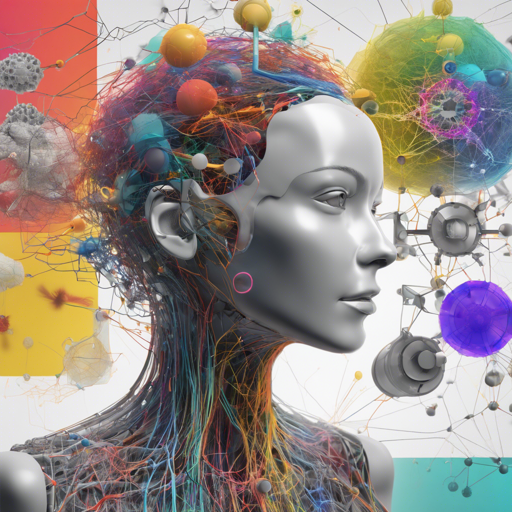In the vibrant realm of image processing, the Interactive Deep Colorization tool stands out as a game-changer. This powerful technology allows you to breathe life into monochrome images, enriching them with color while preserving details. Whether you are a professional artist or a hobbyist photographer, this guide will make the setup and usage of Interactive Deep Colorization user-friendly and straightforward.
Prerequisites
- Operating System: Linux or OSX
- Deep Learning Framework: [Caffe](http://caffe.berkeleyvision.org/installation.html) or PyTorch
- Hardware: A CPU is sufficient, but an NVIDIA GPU with CUDA and CuDNN will enhance performance.
Getting Started
Kickstarting your journey into colorization? Just follow these simple steps:
-
Clone the repository:
git clone https://github.com/junyanz/interactive-deep-colorization.git cd interactive-deep-colorization - Download the reference model:
.models/fetch_models.sh - Install the required packages:
- [Caffe](http://caffe.berkeleyvision.org/installation.html) or [PyTorch](http://pytorch.org)
- [OpenCV](http://opencv.org)
- [scikit-learn](https://scikit-learn.org/stable/install.html)
- [scikit-image](https://github.com/scikit-image/scikit-image)
Interactive Colorization (Local Hints Network)
This section describes how to engage with the Local Hints Network, a key feature of the colorization process.
Barebones Interactive Colorization Demo
For a quick start, launch an IPython notebook and access the demo:
ipython notebook
DemoInteractiveColorization.ipynbFull Demo GUI
If you prefer a graphical interface, follow these instructions:
- Install [Qt5](https://doc.qt.io/qt-5/gettingstarted.html) and [QDarkStyle](https://github.com/ColinDuquesnoy/QDarkStyleSheet).
- Run the UI:
python ideepcolor.py --gpu [GPU_ID] --backend [CAFFE OR PYTORCH]
In this command:
- –win_size specifies the GUI window size (default is 512).
- –gpu sets the GPU number (default is 0).
- –image_file indicates the path to the desired image.
- –backend selects either Caffe or PyTorch (Caffe is the official model used in SIGGRAPH 2017).
User Interaction
With the GUI up and running, here’s how to interact:
- Adding Points: Left-click on the input pad.
- Moving Points: Left-click and hold, drag to a new location, and release.
- Changing Colors: For a selected point, choose a color from the options provided.
- Removing Points: Right-click on any point on the input pad.
- Changing Patch Size: Use the mouse wheel to adjust the size (between 1×1 to 9×9).
- Load Image: Click the load image button to select your desired image.
- Restart: Click restart to reset all points.
- Save Result: Save your colorized image with user inputs included.
- Quit: Click quit to close the GUI.
Global Hints Network
To explore more advanced features like global histogram transfer, run the example usage provided in the iPython notebook:
ipython notebook
DemoGlobalHistogramTransfer.ipynbTroubleshooting
If you encounter any issues, consider these troubleshooting steps:
- Ensure all prerequisites and libraries are correctly installed.
- Check your Python environment and library versions.
- Look for updates in the repository or community discussions.
For more insights, updates, or to collaborate on AI development projects, stay connected with fxis.ai.
At fxis.ai, we believe that such advancements are crucial for the future of AI, as they enable more comprehensive and effective solutions. Our team is continually exploring new methodologies to push the envelope in artificial intelligence, ensuring that our clients benefit from the latest technological innovations.

